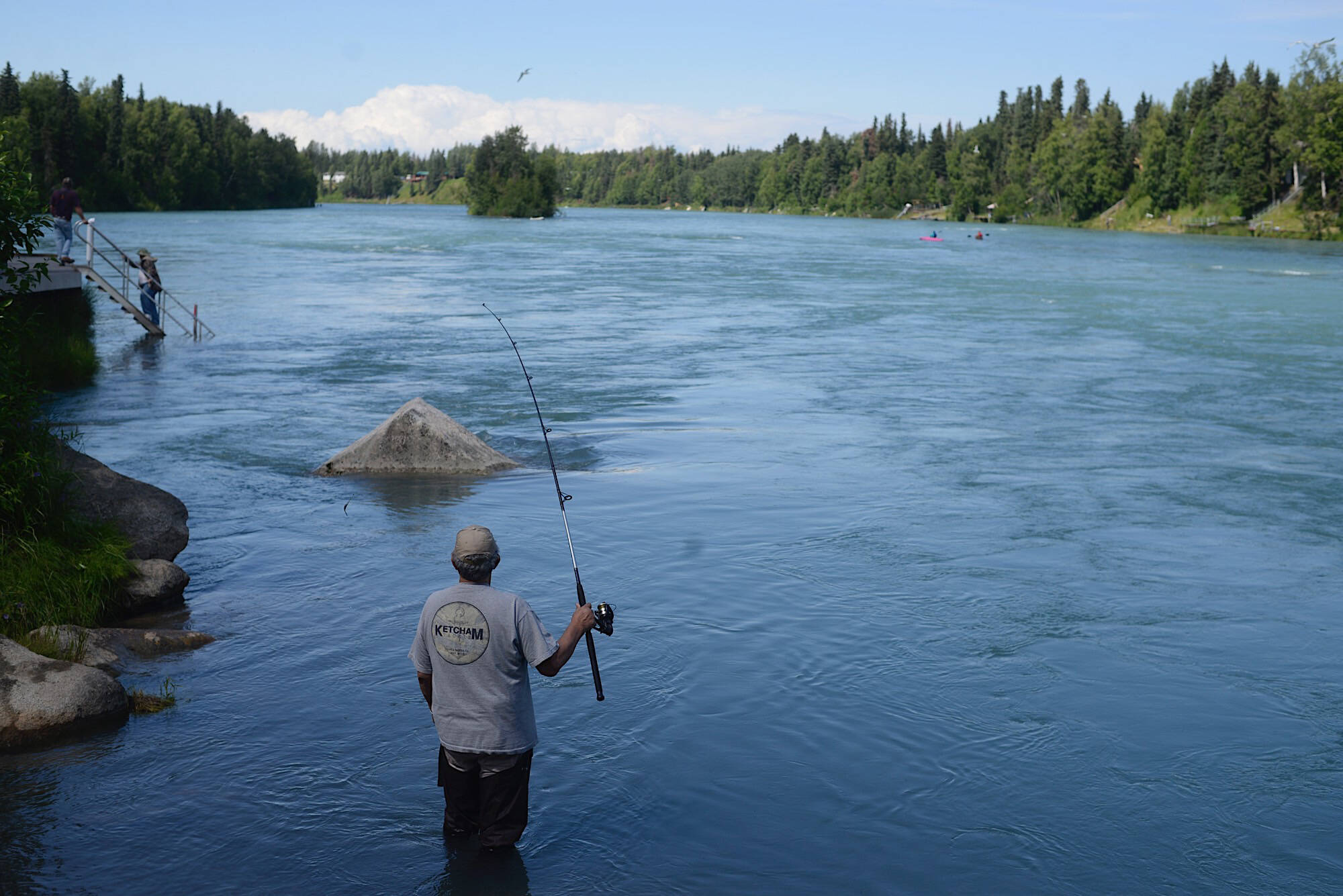The City of Soldotna will receive money from the State of Alaska via a program that shares state fish tax collected outside city boundaries with cities impacted by the industry.
The amount of money received this fiscal year will be determined, in part, by population, Soldotna Finance Director Melanie Imholte wrote in a Dec. 1 memo to the Soldotna City Council.
The Shared Fisheries Business Tax/Fishery Resource Landing Tax is offered by the Alaska Department of Commerce, Community, and Economic Development’s Division of Community and Regional Affairs. Imholte told the council that the purpose of the program is to allow for an annual sharing of fish tax collected by the State of Alaska outside of municipal boundaries, with municipalities that have been affected by fishing industry activities.
She went on to say that Alaska distributes half of the fish tax collected outside municipal boundaries equally among municipalities within the Fisheries Management Area. The other half, Imholte wrote, is divided based on an allocation method “agreed upon by all municipalities within the FMA.”
The City of Soldotna, Imholte wrote, is part of Fishery Management Area 14, which includes the Municipality of Anchorage, Houston, Palmer, Homer, Kenai, the Kenai Peninsula Borough, Kachemak, Seldovia, Seward and Soldotna.
Alaska allows two allocation methods: the Standard Method and the Alternative Method. Under the Standard Method, each municipality must determine and document the cost of fisheries business impacts experienced in 2020. Under the Alternative Method, all FMA municipalities must unanimously agree to use an alternative method approved by the state.
Traditionally, Imholte wrote, the Cook Inlet FMA uses the Alternative Method and bases the allocation on population. In all, the half to be divided among the FMA’s 10 municipalities is $10,755.38 for fiscal year 2022.
The full council resolution can be found on the City of Soldotna’s website at soldotna.org.
Reach reporter Ashlyn O’Hara at ashlyn.ohara@peninsulaclarion.com.

